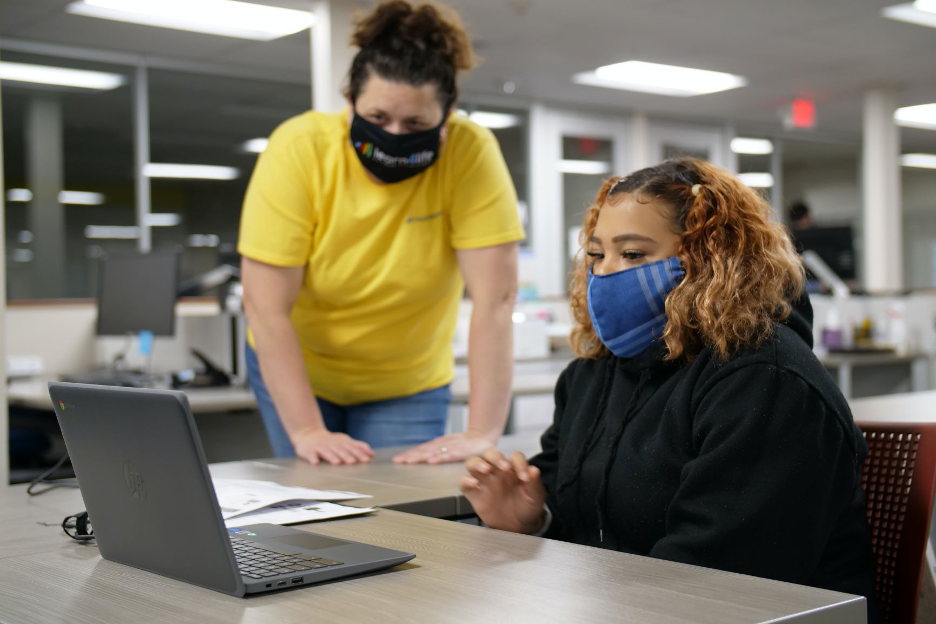
There are many news articles attacking charter schools for taking advantage of Congress’ Paycheck Protection Program. What many don’t realize is that charters do not have access to other federal aid or low-cost financing options like traditional schools have.
In anticipation of stay at home orders, we surveyed our students (at-risk and former dropouts, socio-economically challenged, students of color and special needs) to understand their technology capabilities and access. We learned that more than 85% of our 23,000 students did not have a device or access to internet outside of school.
We incurred significant unbudgeted costs to continue learning uninterrupted.
Our costs included: purchasing and distributing 20,000 laptops and 15,000 hotspots; baby supplies for hundreds of parenting students; new online curriculum and learning tools; and retrofitting 100 school sites to maintain physical distancing and sanitizing/safety standards. By using the PPP loan to keep our entire staff employed, we could divert monies to these unexpected costs.
Learn4Life schools were eligible for, applied for and received PPP loans to protect our 1,685 teachers, counselors and tutors, so they could keep our at-risk students engaged and not falling backwards into the dropout cycle – and we have not laid off any employees since the pandemic began. Although we are a public school, we are ineligible for low-interest loans that traditional public schools have access to such as TRANS loans. Learn4Life schools were not initially eligible for any relief from the CARES Act at the time of application submission for PPP loan funding including ESSR (Education Stabilization) funds. We do not receive any other federal funding, such as Title I, II, III.
This is especially challenging going into the 2020-21 school year with education budget cuts, deferrals from the state of California and newly passed legislation (SB 98) that disincentivizes school growth. Today, many of our schools are serving more students than the February 2020 enrollment numbers that drive future funding in SB 98.
